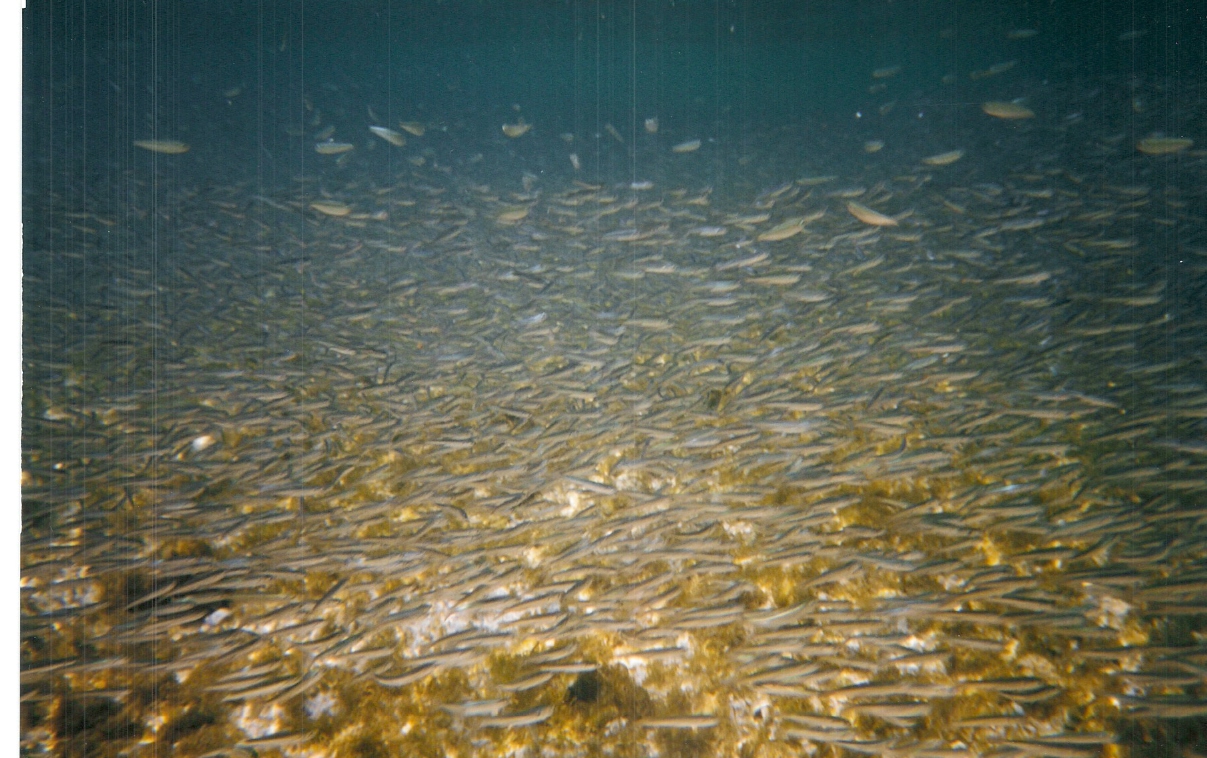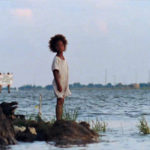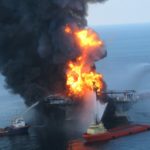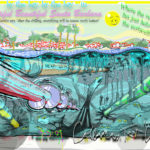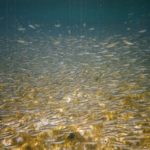
Corexit, according to the above study is moderately toxic to fish, mollusks and crustaceans in the early life stages. But the reality is, oil is toxic in ocean water at 11 ppm and Corexit is toxic at 2.61 ppm, almost four times the toxicity, and what about the synergistic effect of mixing Corexit with oil? It has also been shown that dispersants inhibit the degradation of aromatic hydrocarbons with oxygen, thereby extending the toxic life of the spill. And furthermore, we must be concerned about the sublethal effects on sealife reproduction and growth, as well as the impacts to humans from inhalation and consumption of seafood.
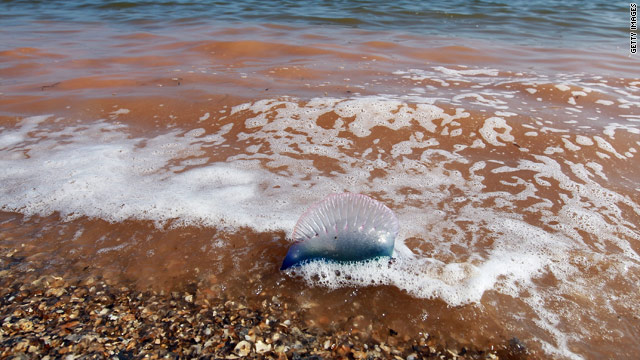

Patches of oil from the Deepwater Horizon spill are seen from an underwater vantage in the Gulf of Mexico. Research predicts a vast oxygen-depleted zone will develop deep underwater around the spill site. Click to enlarge this image.
AP Photo/Rich Matthews
As for the deepwater plume, Jessica Marshall from DiscoveryNews cites studies published in the journal Geophysical Research Letters:
New research predicts that this plume will likely create a low-oxygen “dead zone” inhospitable to life in these deep waters, as microbes consume the oil and gas entrained in the plume.
The cold temperatures in the plume will slow the growth of the microbes compared to microbes acting at the surface. Because of this slower growth, the team predicts that it will be sometime in the fall before the oxygen levels hit their minimum.
But weak currents at that depth mean that the low oxygen levels may persist for a long time, with little mixing to bring in oxygenated waters: the team estimates it will be a couple of years before the oxygen levels return to normal.
As for the claim the plume is too deep to significantly impact fisheries, scientists from the University of South Florida beg to differ. The study stated the dispersed oil appeared to toxify vital food for fish and marine life, bacteria and phytoplankton. According to the New York Times article, Dr. Jeffery Short from Oceana added, “One particularly vulnerable area is deepwater DeSoto Canyon, northeast of the well, where nutrient-rich waters are driven by ocean currents onto the continental shelf, helping to support commercially valuable fisheries. These currents could mingle clouds of microscopic oil particles with the larvae of fish, shrimp and other marine life.”
Which means that while seafood that survives to be captured and served on your plate may not be toxic per se, but the populations of those species will be significantly reduced by the subsurface oil plume over time.
With regards to fish kill, Democracy Now reported today:
In Louisiana, authorities in St. Bernard Parish have found thousands of dead fish in the Mississippi River. St. Bernard Parish President Craig Taffaro said, “I’m talking about 5,000 to 15,000 dead fish. Different species were found dead including crabs, sting rays, eel, drum, speckled trout, red fish.” State officials said the fish might have died because of low levels of oxygen in the water. State officials have not yet linked the dead fish to the BP oil spill, but the Times-Picayune reported the fish were found floating on the surface of the water and collected in booms that had been deployed to contain oil that leaked from the BP spill.
In addition, yesterday independent journalist Dahr Jamail, traveling with fishermen in the Mississippi Sound and sometimes outside the barrier islands, found clouds of oil and dispersant and catches that rarely exceeded 200 pounds of shrimp per go, where previous catches were closer to 700 pounds. Mr. Jamail is quoted on Democracy Now:
We drove around on his trawler for several hours, and you could watch on the sonar clouds popping up. We were in about twelve, thirteen feet of water. And the middle part of the area would literally fill up with a big cloud, and we would stop the boat, and he would basically drop down, tie some sorbent pad to a grappling hook, drop it down in the water and pull it up, and it would be covered in sort of a slimy, brown oil-dispersant mix. And it was—we did that eight times. Every single time, we caught oil and dispersant mix.
Not promising…

